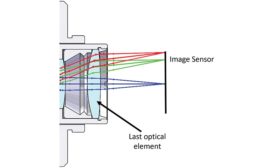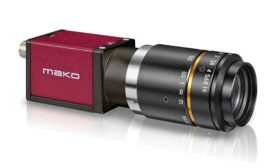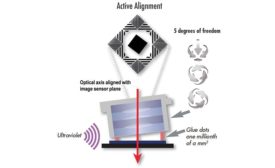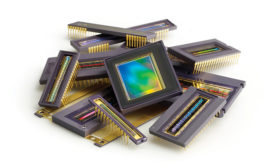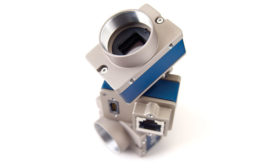Home » Keywords: » CMOS sensors
Items Tagged with 'CMOS sensors'
ARTICLES
Vision & Sensors | Cameras
Beyond the growth in applications brought about by improvements in CMOS sensor technology, another significant trend is the increase in applications that extend beyond the visible spectrum.
Read More
Design Considerations for New High Resolution and Frame Rate CMOS Sensors
Sensors will continue to evolve, and camera lenses will continue evolving right along with them.
January 1, 2020
Maximizing Computer Vision Image Quality with Automated Active Sensor Alignment
Machine vision applications are seeing a shift to high quality, high dynamic range sensors.
December 1, 2017
LED Lighting Tackles High-Speed Imaging Challenges
Understanding the proper choice of lighting is critical when vision systems must operate at high-speed.
July 1, 2017
CMOS Sensors Continue to Advance
Consumer tech drives CMOS sensor advancements and lower costs, and delivers a boon for machine vision applications.
December 1, 2016
Stay in the know with Quality’s comprehensive coverage of
the manufacturing and metrology industries.
eNewsletter | Website | eMagazine
JOIN TODAY!Copyright ©2025. All Rights Reserved BNP Media.
Design, CMS, Hosting & Web Development :: ePublishing


